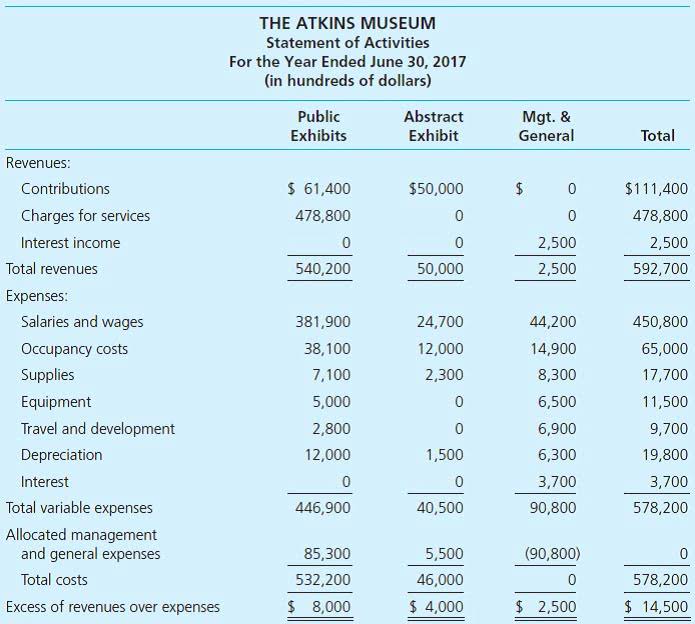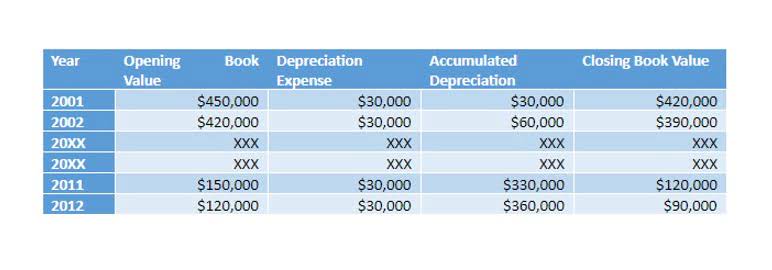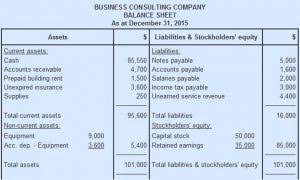
The budget should include expected income, expenses, and funding. The goal of creating a nonprofit budget is to ensure that the organization has enough money to cover its expenses and reach its financial goals. https://www.bookstime.com/ When estimating fundraising income, don’t forget to look at multi-year trends in your organization’s fundraising. Then, estimate likely gift increases per donor, based on the quality of the relationships.

BDO is the brand name for the BDO network and for each of the BDO Member Firms. BDO USA, P.C., a Virginia professional corporation, is the U.S. member of BDO International Limited, a UK company limited by guarantee, and forms part of the international BDO network of independent member firms. The most important key figures provide you with a compact summary of the topic of “Nonprofit organizations in the U.S.” and take you straight to the corresponding statistics. Create a unique fundraising experience through CauseVox’s fundraising platform. This ratio shows the potential risk of a major reduction in funding if this source is reduced or stops.
Managing a budget for a nonprofit organization is much like planning a household budget, except that there are generally more sources of income and more categories of expenses. In both cases, a sound budget is important for financial sustainability and provides a guide for financial health and sustainability. Team-based financial planning is the most effective way to ensure your budget aligns with your organization’s goals. Involve staff and board members in the budgeting process to create a comprehensive strategy that relies on a variety of perspectives. A well-formulated nonprofit operating budget allows for the best use of limited nonprofit resources and focuses on the primary goals and objectives of the organization.

Another method for tracking your budget is to track and project cash flow for the year. The best way to do this is to track cash inflow–revenues and donations–and cash outflow–expenses. This helps you better understand when you have revenue coming in and expenses going out, on a monthly and yearly basis.

There are a variety of budget types that your nonprofit will use. Of course, you’ll create your annual budget, or operating budget, as all nonprofits should. This is the budget that breaks down your annual projected revenue and expenses for the organization. It categorizes your revenue by different funding sources and your operating expenses by program and overhead costs. Similarly, the cost of fundraising is valuable to programs and the final step is to allocate fundraising expenses to each. The most common basis for allocating fundraising costs is based on percentage of total support received by each program.
Set up your budget so it’s as simple as filling in the blanks come next year. Do what you can to structure your budgets similarly over the years—this will make it easier to compare them side by side as you track your growth. Your budget is full of a lot of information, but it doesn’t have to be overwhelming. Go one category at a time, and don’t panic about getting overly detailed. You want your budget to be a useful tool, not something you’re too intimidated to look at. Write down every possible expense you can think of, and then ask around to see what you’ve missed.
When your nonprofit sets goals for your organization’s strategic or development plan, you make sure that those goals are specific, measurable, attainable, realistic, and time-based (or SMART). Your nonprofit should be very mindful of time as you craft your budget. This nonprofit ratio is important, particularly when overall levels of government funding are declining. The higher this ratio is, the average nonprofit budget less likely a nonprofit organization will be able to continue to support its programs in the event that funding goes away. Organizations with high ratios in this category should consider how they can diversify their revenue sources. When an expense is clearly and exclusively incurred for a specific program area or cost center, we simply assign the expense to that program area or cost center.


As a startup nonprofit, you’re already aware that you have initial expenses before you have your real operational expenses. These startup expenses might include the costs involved in crowdfunding, or what you’re hoping the crowdfunding will cover. Other startup costs might include initial costs for branding and logo, equipment, and first staff member salaries.